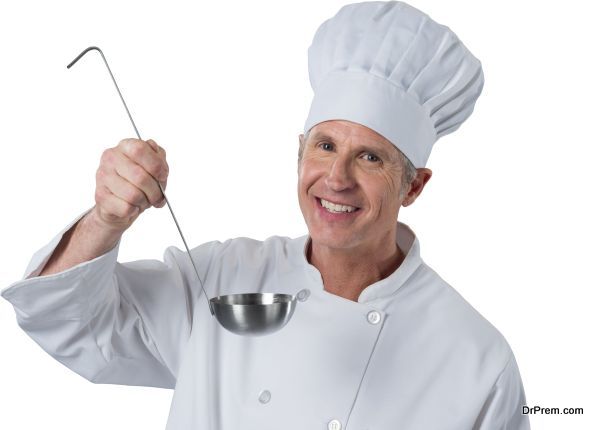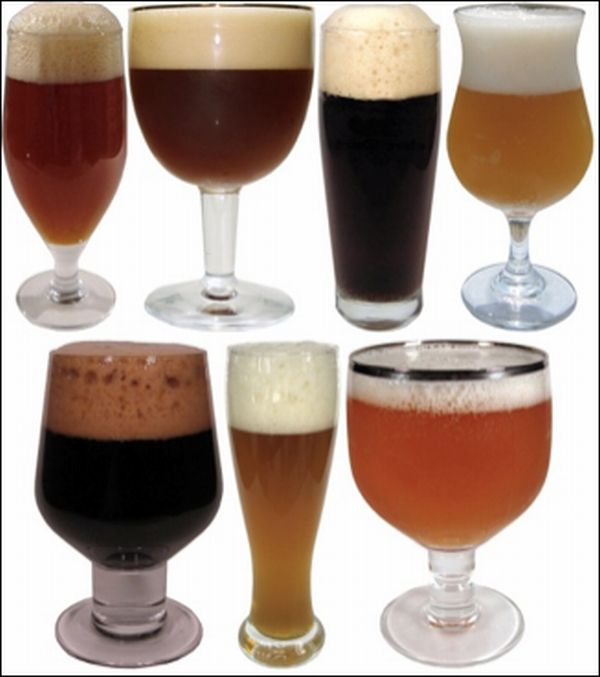The word ‘apron’ comes from the French word ‘naperon’. They are a useful garment worn throughout the centuries to help protect clothing and skin. An apron is an outer garment which covers the front of the body, worn primarily by chefs to protect their work clothing for hygiene reasons, but also for protection against fire and hot spills. In a working kitchen, an apron is a point of Health and Safety, so they absolutely must be worn at all times.
When considering the protective clothing that you or your employees are going to wear, you’ll need to select the right material for it. For example, cotton might be comfortable and look good but it stains too easily, and won’t protect against fire. So what you do want is the following:
- A material weight of 240gm, to offer the best protection from spills.
- A higher poly-cotton content (65% polyester, 35& cotton, offers the best protection).
- Something that will wash well – check the cleaning requirements before buying.
- Sewn in ties for extra strength.
- Reinforced seams for greater durability.
On top of this, you’ll also want something comfortable and easy to wear. Your employees will be in these aprons for long periods of time, and happy staff is the key to a productive workforce. Companies such as Chef Works have a selection of different aprons for you to browse, to make a decision based on your business’s specific requirements.
Here are the types of aprons that you will generally find in a kitchen environment, to help give you a better idea of what you may wish to use yourself:
- Bib Aprons – these cover the whole body, and are typically worn by the kitchen staff.
- Tuxedo Aprons – these resemble a tuxedo, and have an upper protective layer. They’re stylish enough to be worn by the front of house staff, as well as the kitchen employees.
- Cobbler Aprons – these cover the front and back of the body, but only down to the waist.
- 4 Way Aprons – these are the aprons typically worn by the chefs. They have four clean surfaces, which means that they don’t need to be changed with every single spillage. They are highly functional and are generally worn around the waist.
- Bistro Aprons – these are knee length aprons with useful pockets in the front – often for pens and notepads – and are worn around the waist.
Of course, chefs aren’t the only people that use aprons. They are also used by waitresses, domestic workers, scientists, nurses, and many more. The aprons for these types of employment come in a few different styles:
- A half apron – this goes around your waist and reaches mid-thigh.
- A full bib – this covers the chest and ties around your neck.
- A pinafore – this is a full apron which goes right over your shoulders and covers your front and back. This style of apron occasionally includes decorative ruffles.
So, depending upon the profession and severity of blots and stain coming on them, aprons need to be chosen wisely.
Article Submitted By Community Writer






